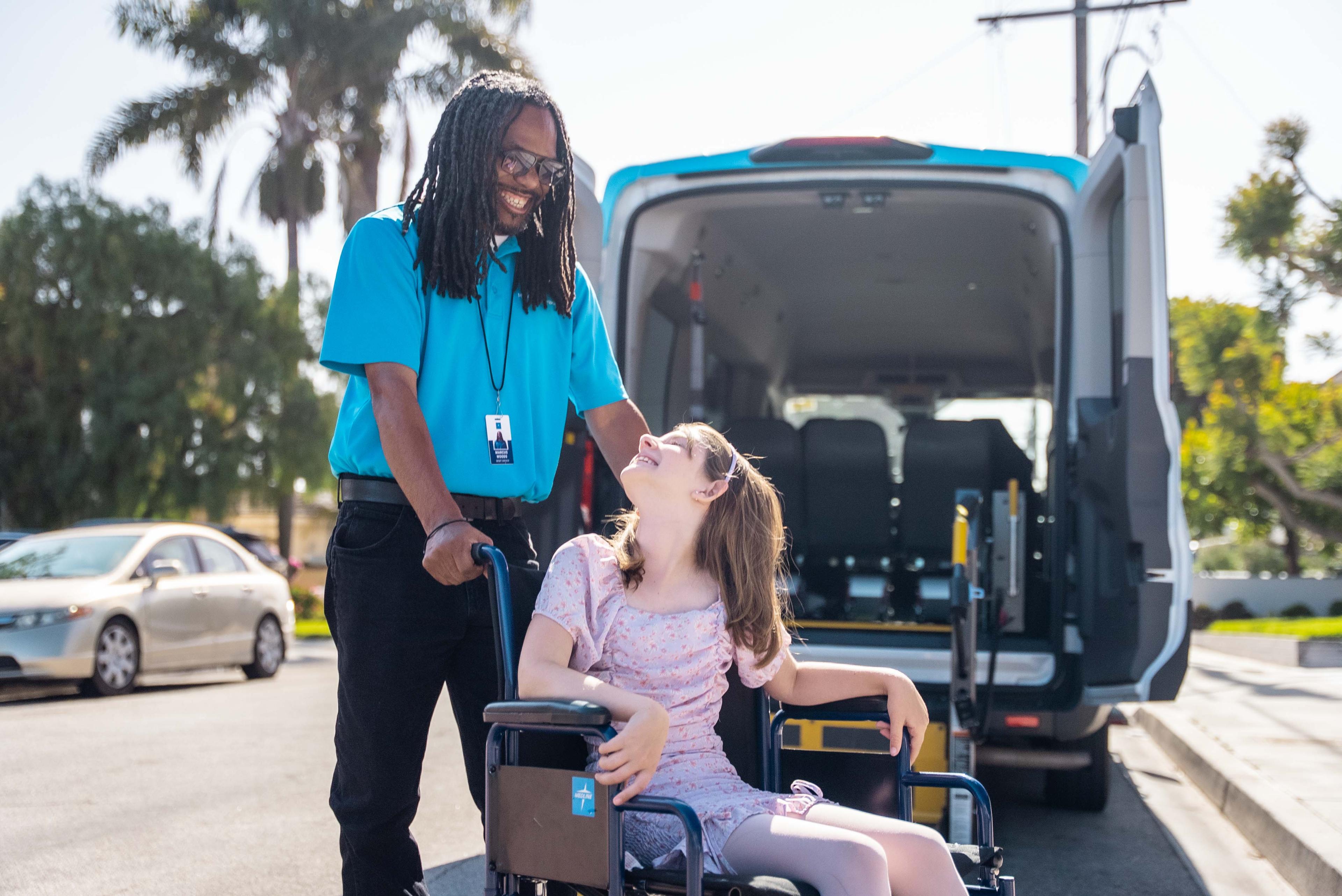How Changing Bell Times Are Affecting School Transportation

School districts change bell times for various reasons, including budget constraints, driver shortages, community pressure, or new state mandates. These scheduling shifts often force parents and caregivers to completely rethink their routines, particularly when existing transportation arrangements no longer align with work schedules.
When new bell times are enacted, transportation teams suddenly find themselves redesigning systems that took years to build, while families scramble to find new ways to get their children to school safely and on time. Through our work with districts nationwide, we’ve seen which strategies help these transitions succeed and which ones inadvertently create new barriers for vulnerable students.
Understanding the Basics of Changing Bell Schedules
Bell schedules don’t just affect students. Communities are built around students attending school at certain times, with workdays for many parents and guardians beginning after the school day commences. This creates an ongoing balancing act between school districts, businesses, families, and organizations supporting student needs.
Adjustments to school start times also impact students’ ability to attend extracurricular activities and appointments, including those outlined in Individualized Education Programs (IEPs). When these carefully coordinated schedules shift, the ripple effects can disrupt transportation plans that took months to arrange, particularly for students who depend on specialized services to access their education.
Why Districts Are Changing Bell Times
Understanding what’s driving these changes helps explain why so many districts are willing to undertake the complex process of restructuring their entire transportation systems. The motivations range from health-based research to transportation logistics, but each requires careful consideration of how timing shifts will affect student access to education.
Students Need More Sleep
Too-early start times are problematic because students miss out on the sleep they need. The American Academy of Pediatrics has deemed insufficient sleep in adolescents to be a public health issue, recommending that middle and high schools start no earlier than 8:30 a.m.
Research from the University of Minnesota studied 18,000 students in grades 5 through 11 after 4 school districts postponed start times by 20 to 65 minutes. Students’ grade point averages increased by 0.1 points on average, attendance rates improved across all grade levels, and mental health symptoms decreased among high school students.
Driver Shortages Force New Schedules
The transportation crisis has become a primary driver of bell time changes across the country. According to HopSkipDrive’s 2024 State of School Transportation Report, 91% of districts report experiencing a driver shortage — an increase from 78% in 2021.
To maximize their limited driver staff, many districts are staggering bus schedules in an effort to serve the same number of students without reducing routes. Some districts are asking drivers to run multiple routes each morning, using the same driver for elementary pickup, then middle or high school. This extends morning commutes, but helps maintain service levels despite constrained budgets and a shrinking pool of qualified drivers. In the 2023–2024 school year, Puyallup School District in Washington, for example, had 168 buses but only 112 drivers, which forced them to form a Bell Time Task Force to restructure their entire schedule around transportation constraints.
States Are Mandating Later Start Times
California became the first state to mandate later school start times in 2022. The legislation requires that middle schools start no earlier than 8:00 a.m. and high schools start no earlier than 8:30 a.m.
Some Districts See Benefits
A study found that teachers felt less stressed and more rested 3 years after school start times shifted 40 to 70 minutes later. The same study found that teachers reported being more effective in their instruction and better able to connect with students during morning classes.
Transportation Challenges Hit Vulnerable Students Hardest
The fallout of shifting schedules, however, disproportionately affects vulnerable students through transportation challenges. Over 44% of school leaders identify transportation challenges as a contributing factor to chronic absenteeism, and more than 21% report that transportation challenges are the most significant contributor.
The transportation burden increasingly falls on families. A staggering 41% of parents reported that their district had reduced or eliminated bus services, with nearly 8 in 10 parents (79%) now driving their children to school or relying on family members for transportation.
Students most affected include those:
Without parents who have flexible work schedules
Lacking access to resources like carpooling
Unable to walk or bike to school safely
Already experiencing educational inequities
Chronic absenteeism leads to learning loss that can be difficult to reverse, making it critical to address transportation barriers before they develop.
Student Transportation Intelligence Platforms Are Changing How Districts Plan
RouteWise AI™ is a breakthrough in transportation planning technology, using artificial intelligence to analyze numerous variables simultaneously. The platform helps districts visualize how bell time changes will affect everything from driver schedules to student ride times.
Denver Public Schools (DPS) provides a compelling example. When 23 schools sought to modify their bell times for the 2024–2025 school year, DPS utilized RouteWise AI to analyze 173 different models. This enabled them to confidently approve changes for 11 schools while understanding operational impacts.
“RouteWise AI helps our team by delivering a clean understanding of how a change would impact operations,” says Tyler Maybee, Director of Operations for DPS Transportation. The analysis that traditionally required nights and weekends was completed in under three weeks.
Best Practices For Managing Bell Time Changes
Districts that plan thoughtfully and use data-driven strategies are more likely to achieve positive outcomes for all students.
Verify Every Student Has Reliable Transportation
Districts must confirm that every student has a safe and reliable means of transportation to school when altering schedules. This fundamental requirement often requires creative solutions and partnerships.
Use Data Before Making Changes
Districts should leverage technology to analyze the impacts of bell time changes before implementation. RouteWise AI helps districts:
Visualize operational implications of different bell time scenarios
Optimize existing resources without adding routes
Make informed decisions with comprehensive data analysis
Reduce implementation time from weeks to days
Monitor At-Risk Students And Use Available Resources
Districts should proactively identify students at risk of becoming chronically absent due to changes in bell times. Early intervention strategies include:
Creating transportation plans for students with specialized needs
Monitoring attendance patterns after implementation
Adjusting services based on real-world outcomes
Consider Multimodal Transportation Solutions
When bell schedules shift, districts need transportation partners who can adapt quickly. Multimodal transportation approaches give districts more options than traditional yellow buses alone.
HopSkipDrive facilitates thoughtful transportation services that recognize and support the individual needs of every student.
No matter when the school bell rings, every student deserves equitable access to education. Reliable transportation helps ensure all students can access the education and extracurricular activities available in their community. Click below if you’d like to learn how HopSkipDrive and RouteWise AI can help your district strengthen transportation planning.


